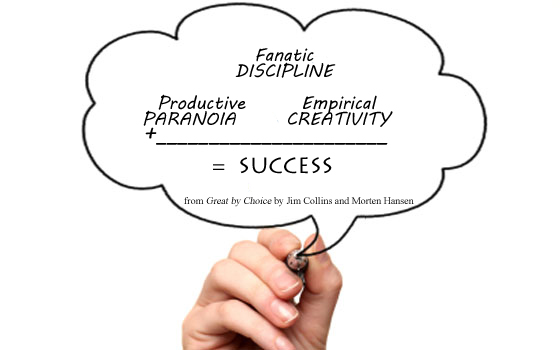 When discussing the characteristics of great leaders – words like inspirational, charismatic, brilliant, innovative often come up.
When discussing the characteristics of great leaders – words like inspirational, charismatic, brilliant, innovative often come up.
Boring, on the other hand, is not typically a descriptor of great leaders. Which is why when I saw this article by Joel Stein, entitled Boringness: The Secret to Great Leadership, I paused…
While Joel writes a humor column for TIME Magazine, and therefore one might take his comments to be tongue-in-cheek, he makes some points worth considering.
Here’s a summary of Joel’s observations while preparing for his latest book.
The best leaders tended to be quiet listeners who let others make the decisions. They weren’t particularly charismatic, or funny. They weren’t the toughest guys. They weren’t driven by a need to be liked or single-mindedly focused with intensity. In short, a bit boring.
On the other hand, the best leaders in Stein’s research were humble, calm, reflective and self-confident. They were passionate about only one thing, the mission of the team. The boring leaders in Stein’s research spent their time helping their teams achieve the mission and giving them feedback on their progress.
Here’s a quote from the article that sums this up well:
“Everyone at Captain Buzz Smith’s firehouse knows they are doing things exactly right. And that seems to make them both proud and assured. They would do anything for Capt. Smith. Not because they love him — I’m not entirely sure that outside of the firehouse he could inspire them even to switch TV channels — but because his deep belief in his mission makes them also believe in that mission.”
What do you think, is it possible to be a boring leader and a great leader?
Elisa K. Spain
 This month’s leadership quote: The best way to predict the future is to invent it — Peter Drucker.
This month’s leadership quote: The best way to predict the future is to invent it — Peter Drucker.
















 The initial results of my Pivot are excellent. I feel I have much greater clarity regarding the next 3-5 years..
The initial results of my Pivot are excellent. I feel I have much greater clarity regarding the next 3-5 years..  John Yerger
John Yerger